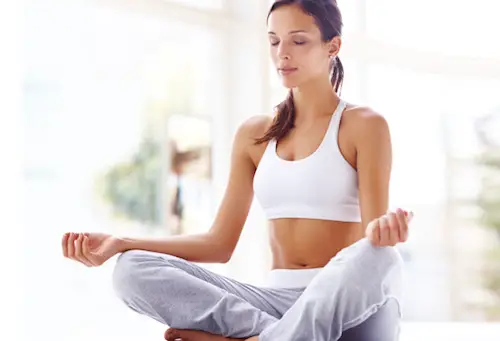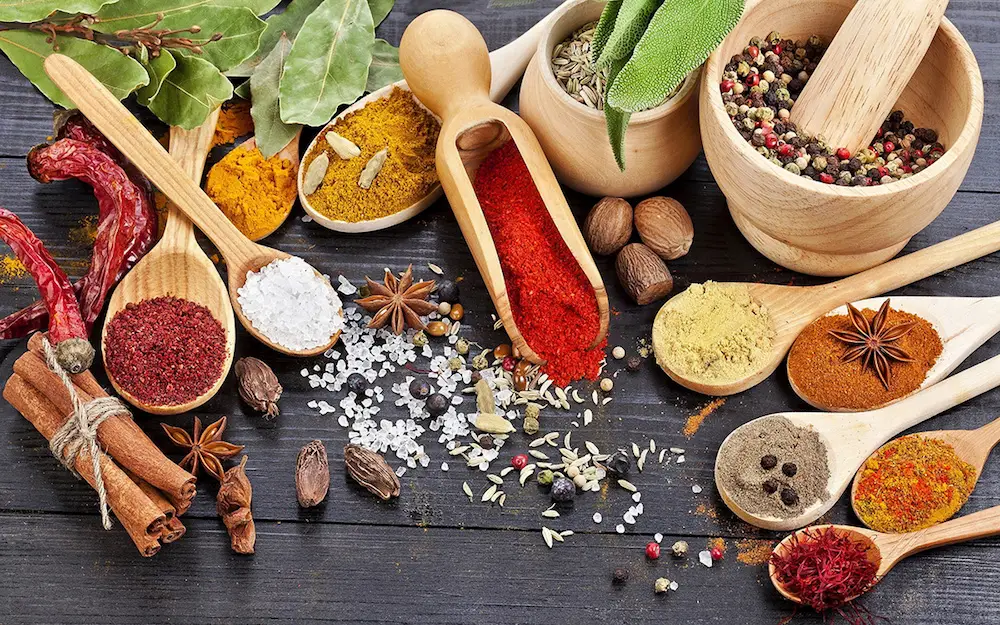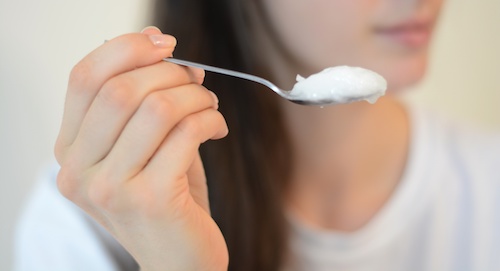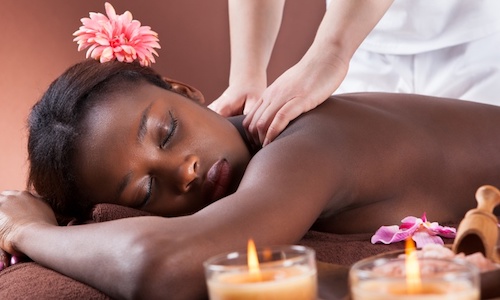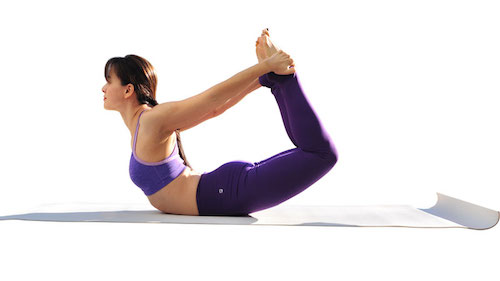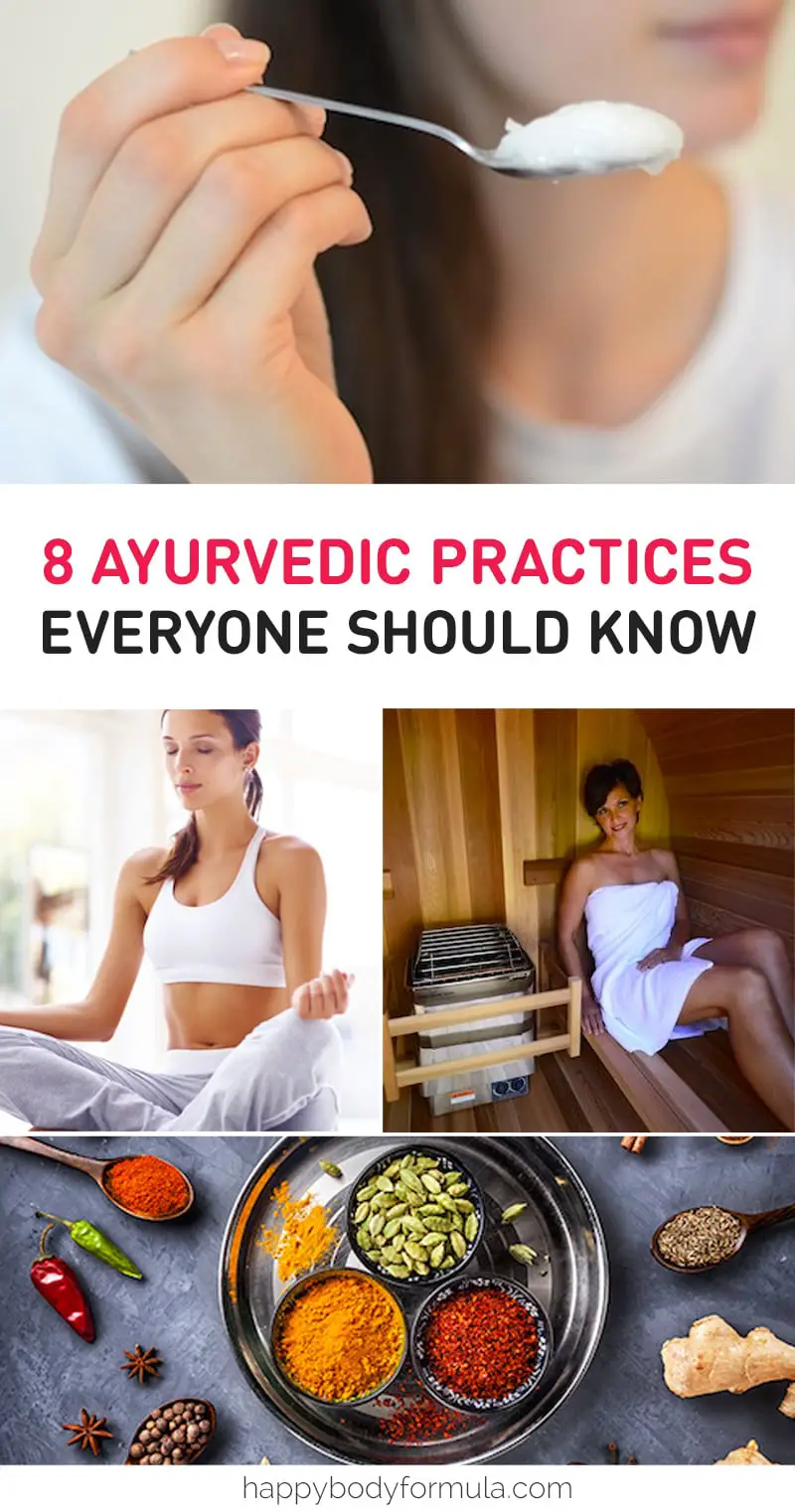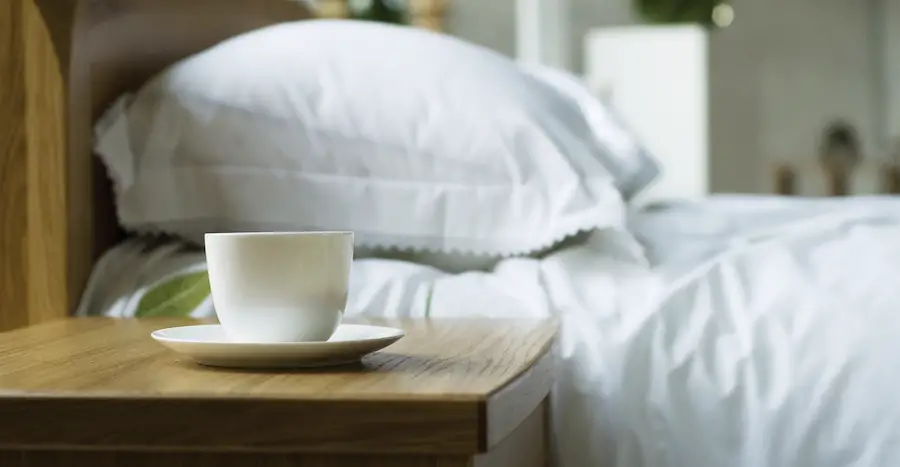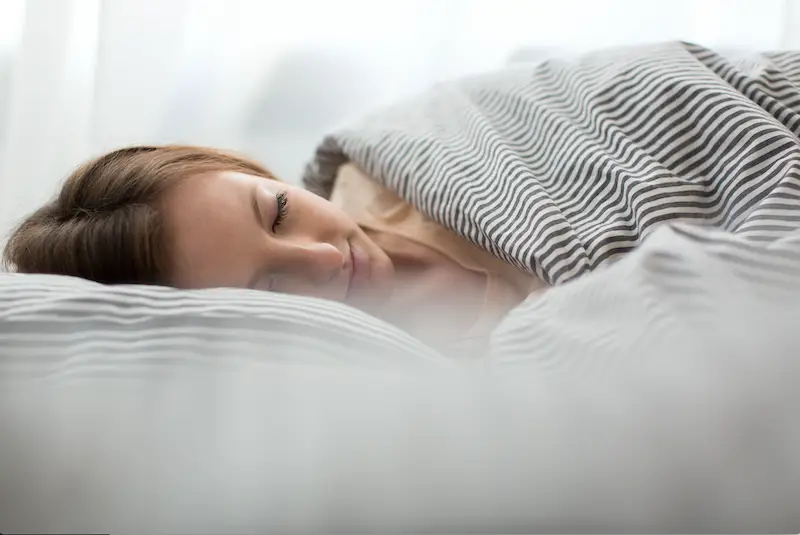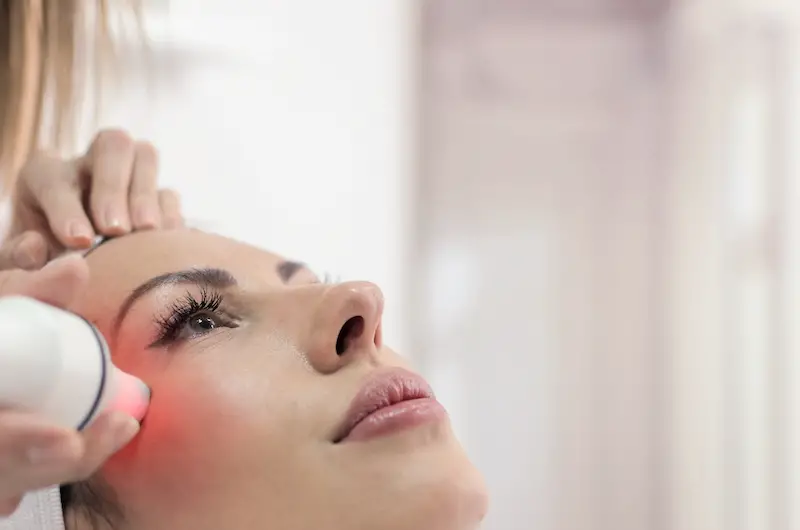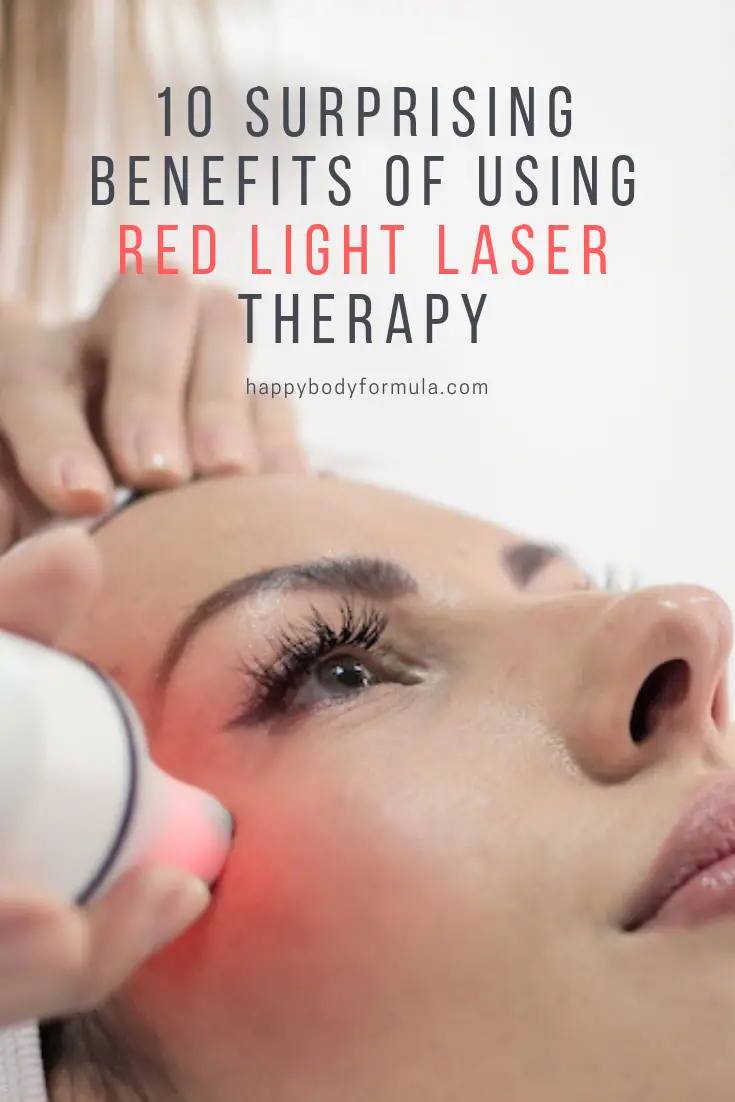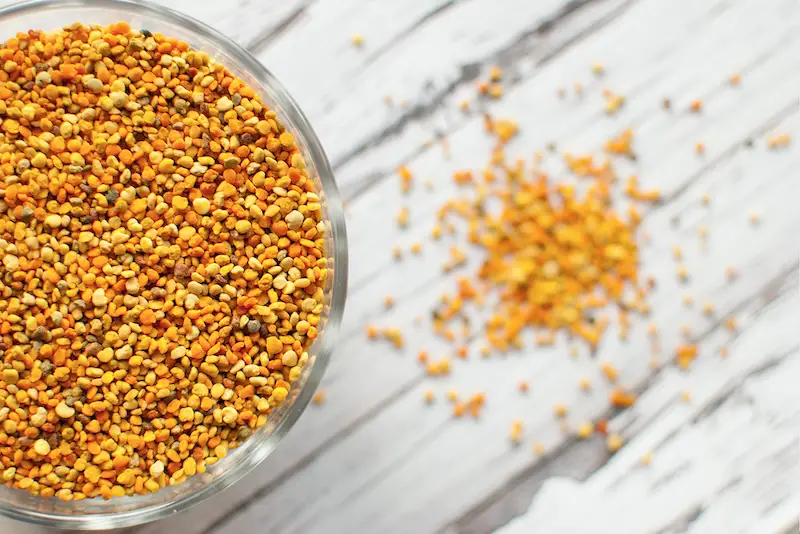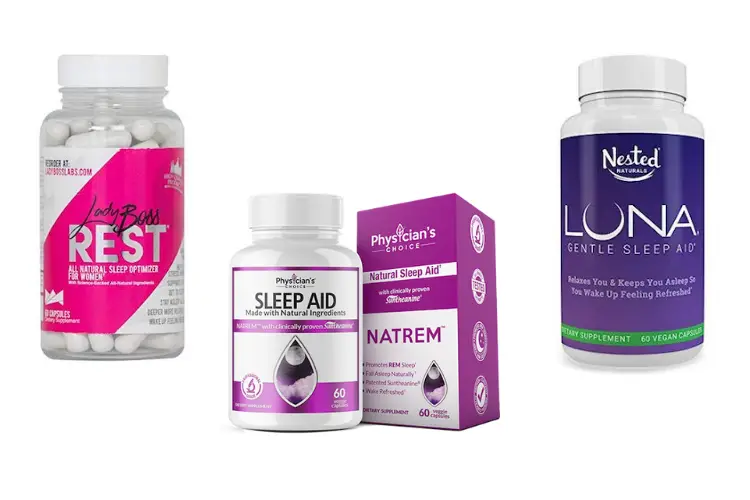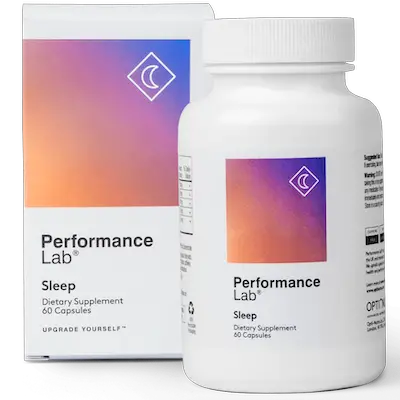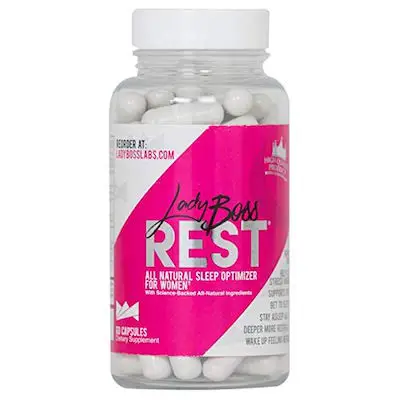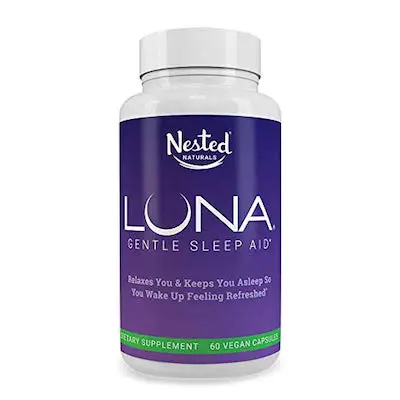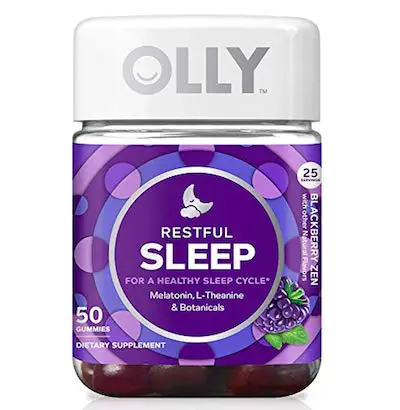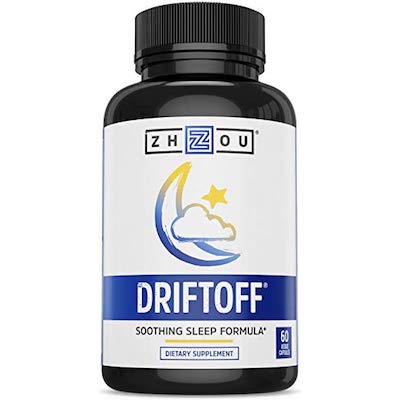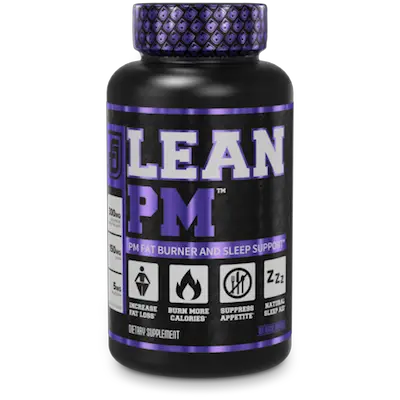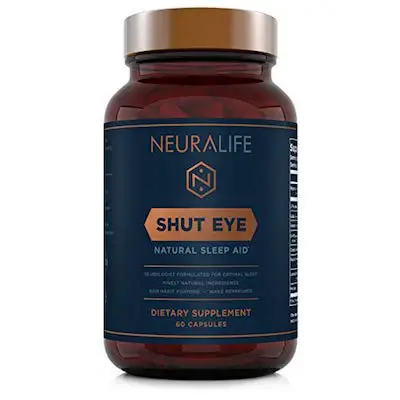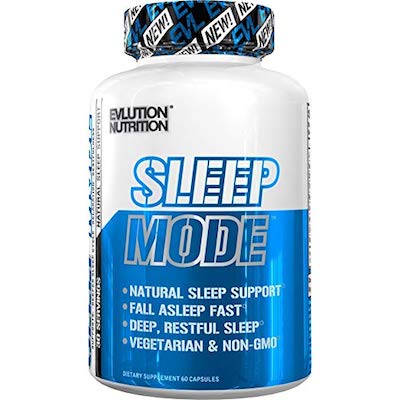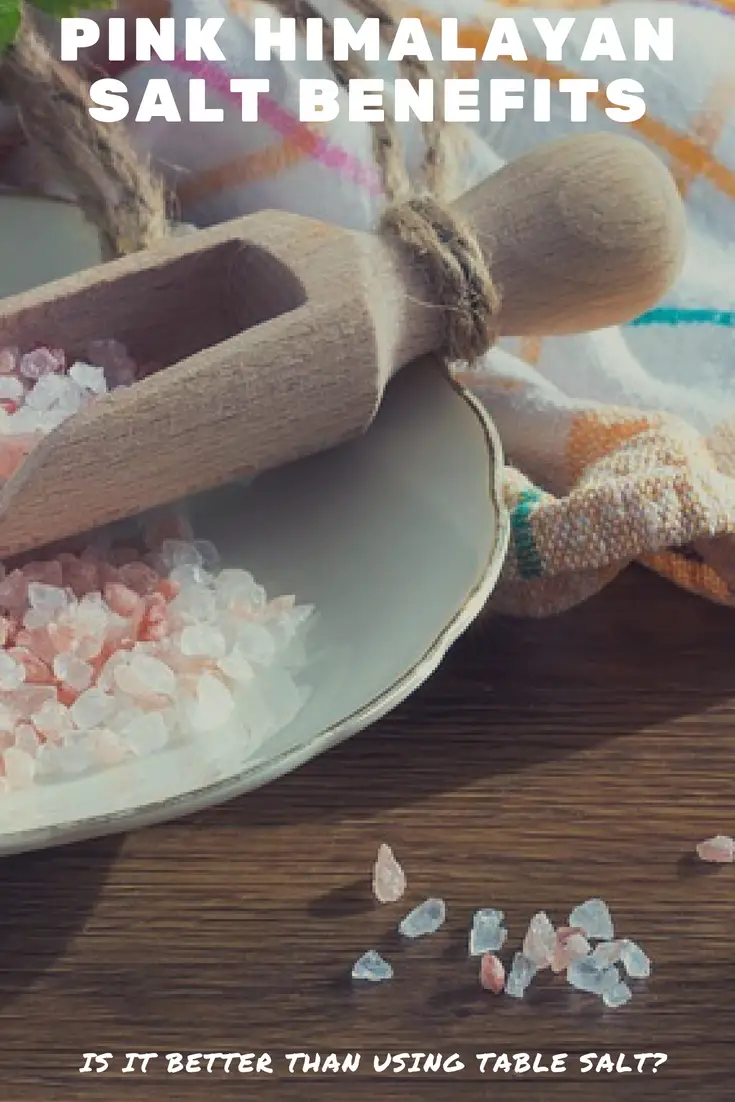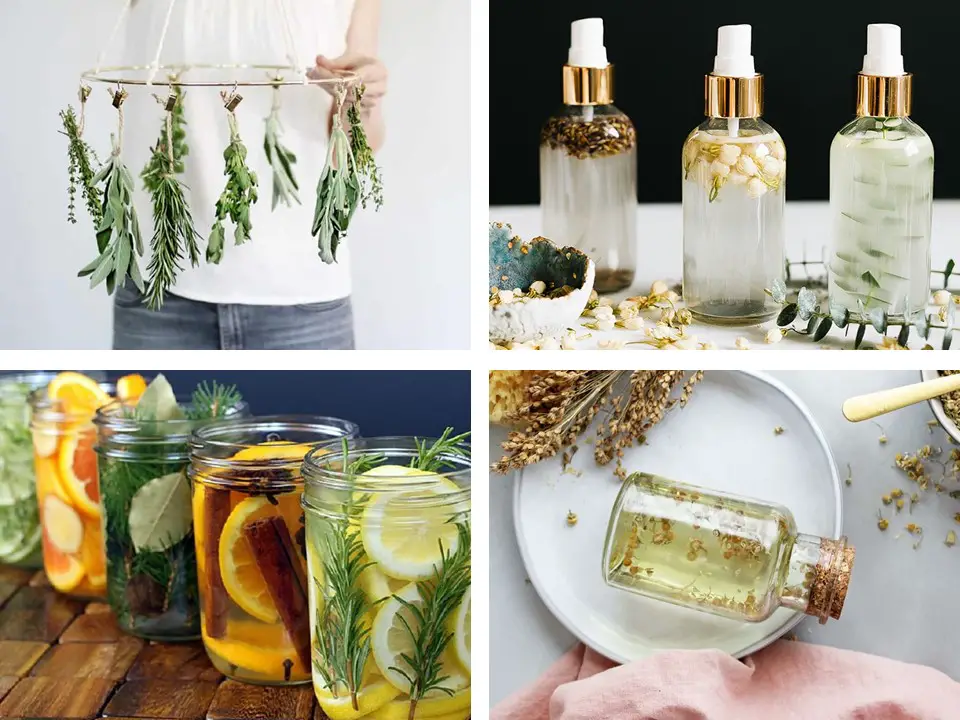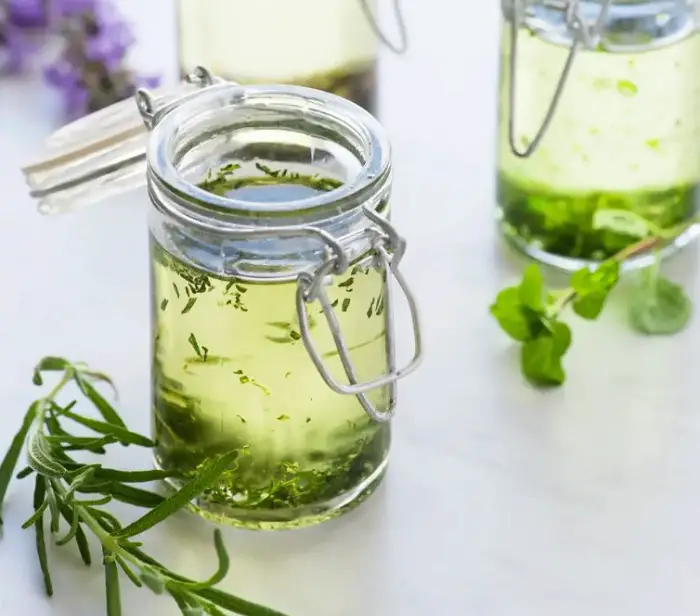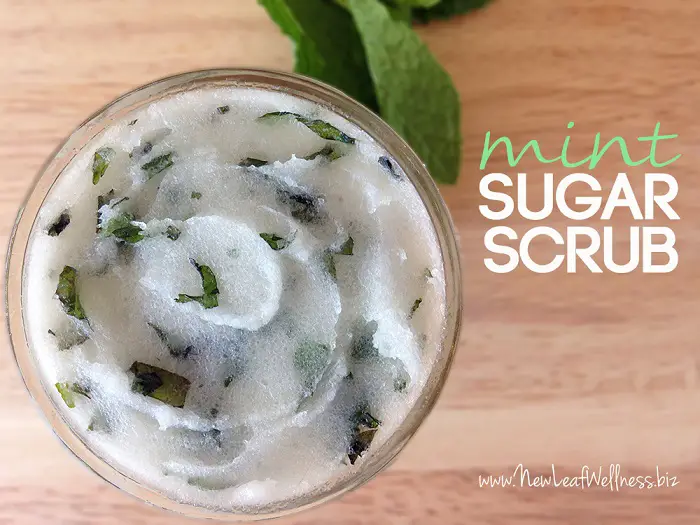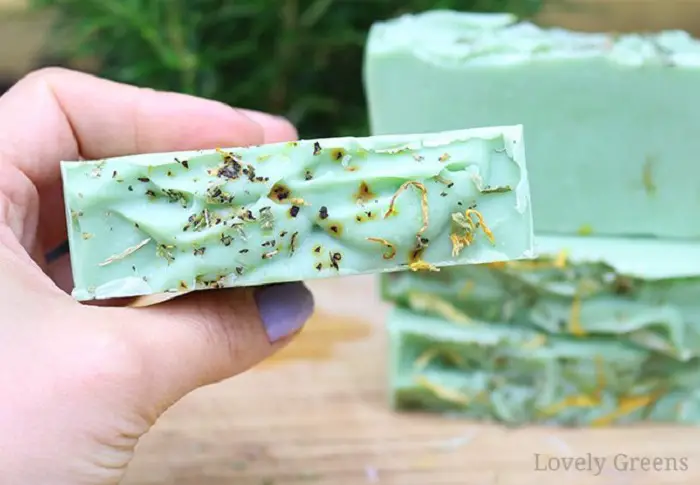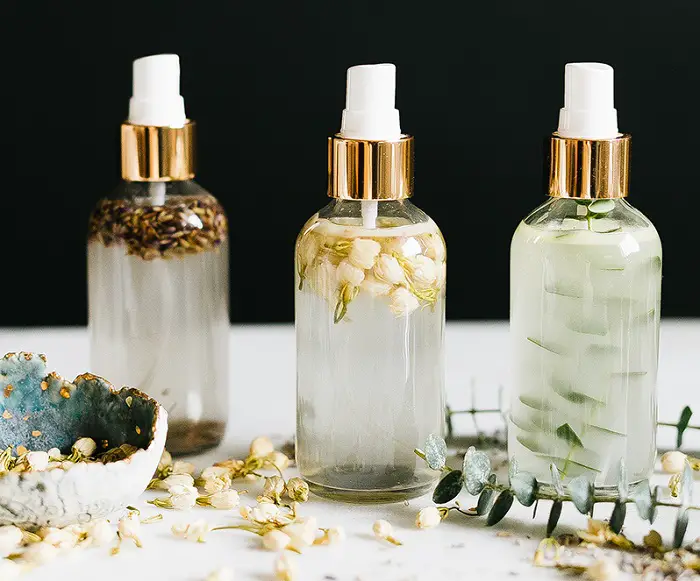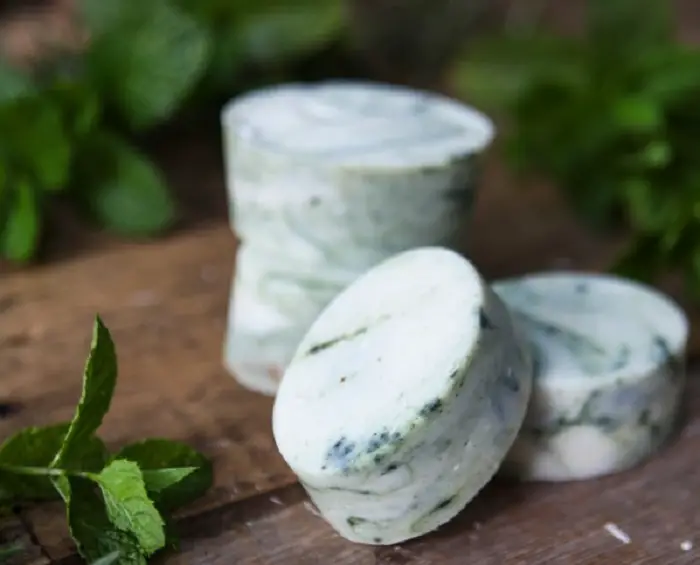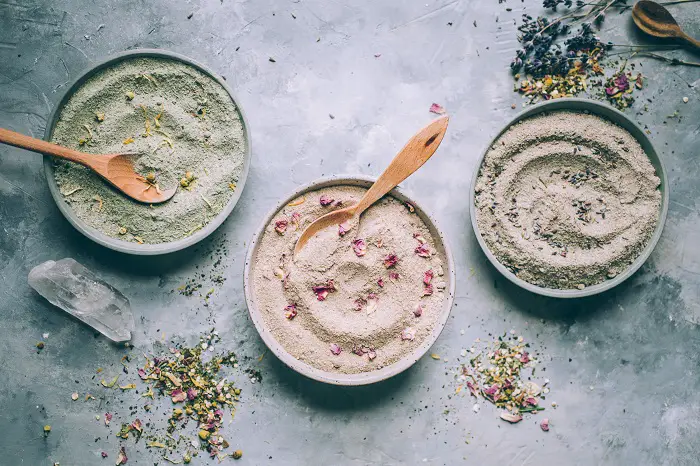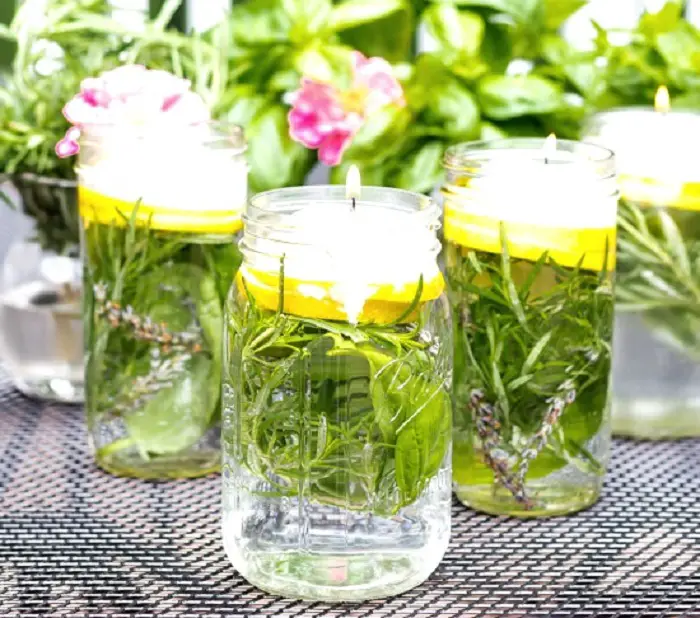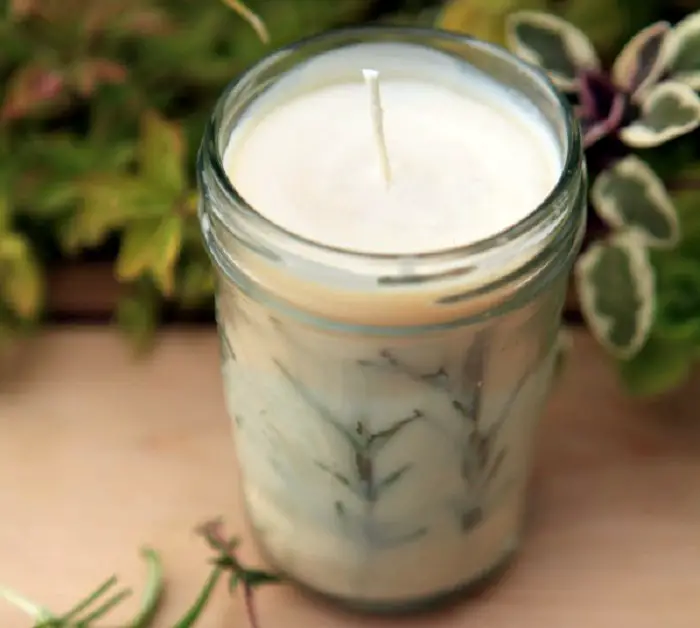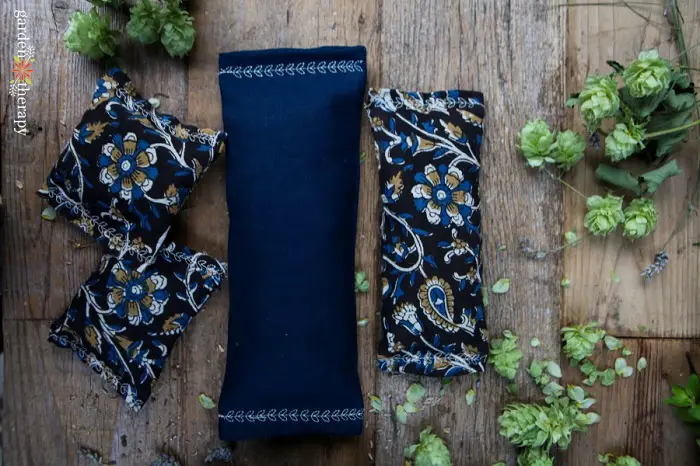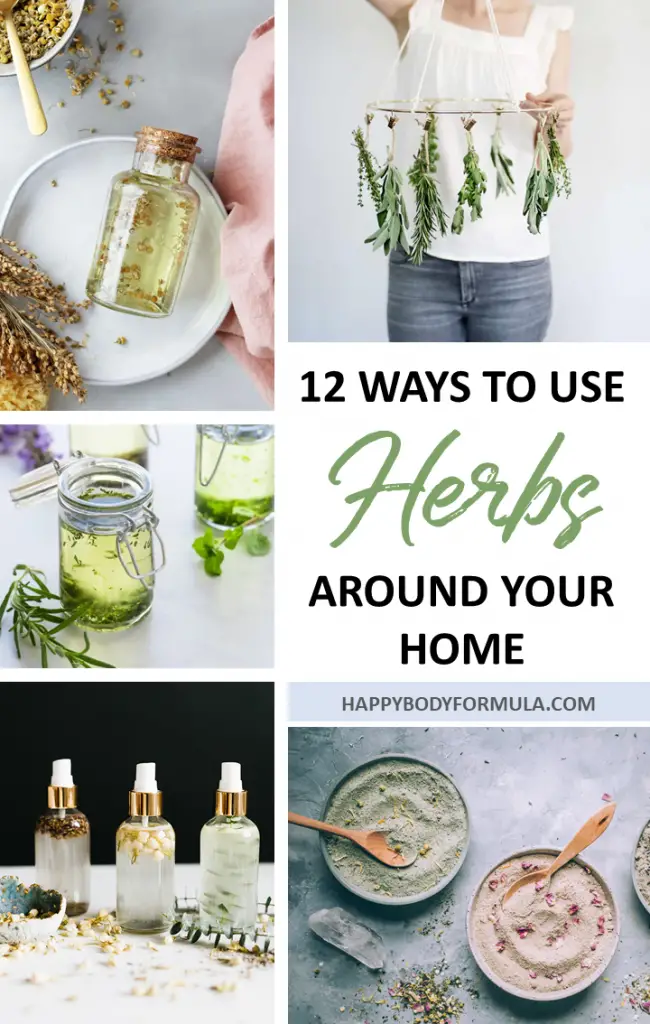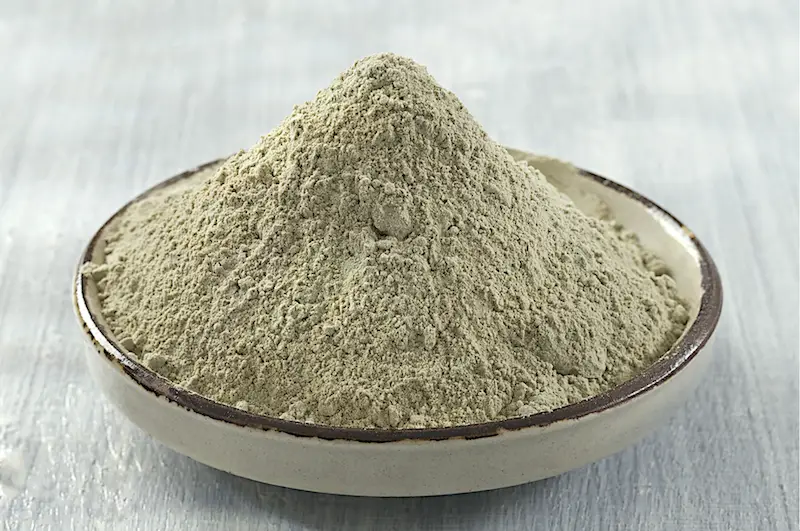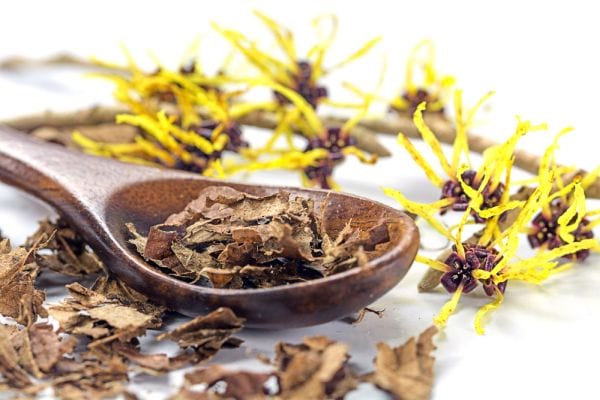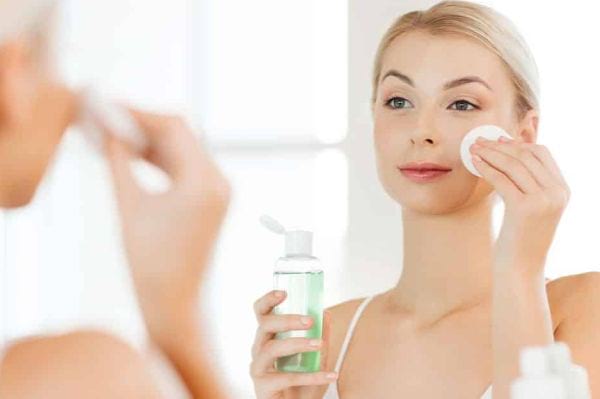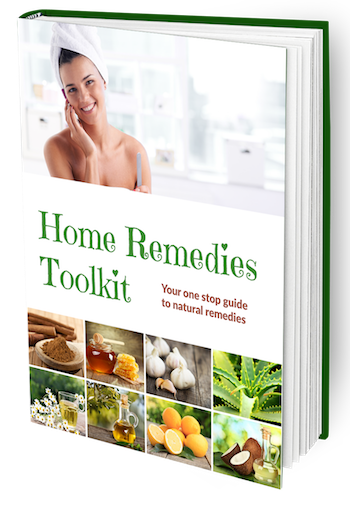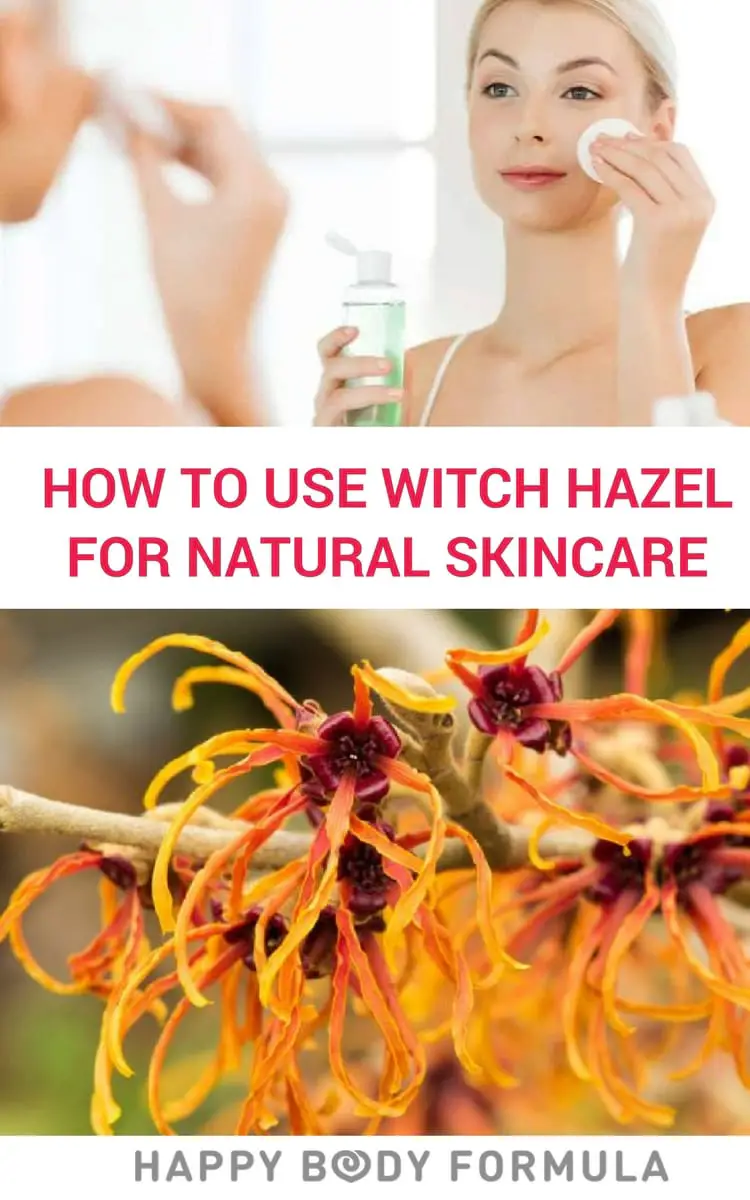

It’s always exciting when the weather turns and it’s finally nice enough to spend time outdoors again without freezing, but for many people, spring, summer, and even fall allergies can make outdoor time unpleasant or even downright miserable.
More than 60 million people each year suffer from seasonal allergies. (source)
While common remedies are over the counter medications or even prescriptions, there are several proven natural remedies that can decrease allergy symptoms and even address root causes.
[toc]
What Are Seasonal Allergies?
Seasonal allergies, also known as allergic rhinitis, refers to hay fever and other allergies that are related to outdoor and seasonal elements of spring, summer, and fall weather.
Allergic rhinitis typically appears at a young age, but sometimes seasonal symptoms don’t develop until well into adulthood. Other times, they can seem to fade for years at a time and then flare up again.
A large part of what determines seasonal allergy and how severe the reactions are is where you live and how severe the pollen or other allergens are in the season.
It’s possible to have seasonal allergies in one state and move to a new area without any signs of hay fever.
Seasonal allergies can be triggered by one or more component, and each individual’s sensitivity level can vary. For example, some may be allergic to pollen from trees, whereas others are allergic to pollen from grass or flowers.
Between grass, trees, flowers, and ragweed, there is almost always something to be seasonally allergic to, except in the winter when pollination goes dormant in most areas.
Seasonal allergies can cause symptoms ranging from mild to completely intolerable and can impact day-to-day living. They can even lead to asthma attacks, with around 80 percent of asthma sufferers also having allergic rhinitis. (source)
What Are the Symptoms of Seasonal Allergies?
While most know about sneezing and itchy eyes as symptoms of seasonal allergy, the symptoms are more widespread than that in most individuals. Some can even be so severe as to be confused for colds, sinus infections, or other viruses.
Typical symptoms associated with seasonal allergies can vary from one person to the next, but can include any of the following:
- Itchy and watering eyes
- Runny nose
- Congestion
- Post-nasal drip
- Excess mucus
- Sneezing
- Itchy nose
- Scratchy throat
- Headaches
- Ear infections, especially in the middle ear
- Irritation in the ear or feelings of itchiness
- Exhaustion, insomnia, and sleep problems
- Poor concentration and focus
- Impaired decision making
- Irritability
- Mood swings
- Low blood pressure
- Asthma
- Hives
- Eczema
- Skin rashes
While staying indoors can cut down on the severity of symptoms, it likely won’t fully erase them since no one’s house is a fully contained bubble.
Besides, living the warm seasons entirely indoors is never ideal. Yet for some, it feels like the only option given the severity of their symptoms.
What Causes Seasonal Allergies to Develop?
There are a number of underlying causes that can lead to the development of seasonal allergies or which can exacerbate them.
All seasonal allergies are activated by a histamine response, which is controlled by the immune system. When the body is exposed to the allergen, histamine production ramps up.
Some people produce significantly more than others. (source)
Boosting natural immunity can help to reduce some aspects of seasonal allergies, but isn’t always the only trigger or culprit behind symptoms.
Asthma: People who have asthma are significantly more likely to experience seasonal allergies in addition to their existing respiratory triggers. Managing seasonal allergies is a crucial way to avoid asthma attacks.
Stress: The body under stress changes numerous aspects of health, and reduced immunity is one of them. As a result, histamine production can increase, resulting in more severe reactions to allergens.
Illness: Following an illness of any kind, the body is more susceptible to ongoing immune problems and the result can be more dramatic seasonal allergy symptoms. The same is true for those recovering from surgical procedures.
Pregnancy: The body is at a heightened place of sensitivity when pregnant due to extra hormones and a shifted focus. Immunity can be altered, and allergies that didn’t exist before can pop up, including hay fever or seasonal allergies.
One in 100 women end up with asthma during pregnancy—even when they never had it before—and more than that find seasonal allergies added to their plate.
Other allergies: If you’re already allergic to foods or other substances, your body’s histamine production already runs on the higher side and you’re also likely to have a compromised immune system in one way or another.
Allergy disorders tend to stack together, so an allergy to a food or substance can just as easily indicate allergic response to outdoors and other components of seasonal allergies.
Simple Lifestyle Adjustments for Seasonal Allergies
Before we get to some natural remedies for underlying causes, here are some quick ways you can add to your comfort level when going through hay fever or allergic rhinitis in the spring, summer, or fall.
1. Hydration: It’s important for everyone to drink enough water, but when you suffer from seasonal allergies and excess mucus production, ensuring you have enough water can thin the mucus and cut down on congestion.
2. Frequent showers: If you’re outside and around allergens, showering shortly after can cut down on the continued irritation from pollen or other contaminants on your clothing, and you’ll be less likely to bring outside stuff into your living space. Washing clothes in hot water can also cut down on the presence of allergens.
3. Keep clutter minimized: The more stuff you have sitting around, the more dust and other allergens can accumulate underneath. Spring is the perfect time for decluttering and deep cleaning, but so are summer and fall.
4. Don’t open doors or windows: As obvious as it might seem, limiting exposure to allergens in the home will allow for better comfort, especially at night. Limit your time outdoors, too, on days when pollen or other allergen counts are high. Most weather apps will give this information.
9 Ways to Naturally Address Seasonal Allergies
Most over-the-counter or prescription medications for allergies come with side effects and don’t correct the underlying causes of allergies.
Natural therapies can provide relief, but can also help to address some triggers for seasonal allergies, like immune problems or excessive histamine production. These are the top nine ways to naturally address seasonal allergy symptoms.
1. Try Spirulina
Spirulina is a blue-green algae that is often found in supplement form, either powder or capsules. Research finds that spirulina can stop histamine release that leads to allergic rhinitis symptoms.
It can improve such irritating symptoms as sneezing, congestion, nasal itch, nasal discharge, and generalized itching according to the results of a 2008 double-blind, placebo-controlled study. (source)
2. Avoid Trigger Foods
Certain foods can’t cause seasonal allergies but they can lead to increased histamine release in the digestive system, worsening hay fever or other symptoms associated with seasonal allergies.
The foods most responsible for causing problems include:
- Wheat, gluten, and other grains
- Peanuts, soy, and other legumes
- Chocolate and cocoa
- Caffeine
- Alcohol
- Vinegar and fermented beverages, like kombucha
- Dairy products
- Sugar and artificial sweeteners
- Citrus except for lemons and limes
- Chamomile, echinacea, and other herbal teas
- Processed foods, preservatives, nitrates, nitrites, sulfates, and sulfites
- Melons
- Bananas
- Cucumber
- Shellfish
- Sunflower seeds
- Dried fruits
- Dates
- Any foods you’re allergic to, sensitive to, or intolerant of
While all of the above foods won’t worsen symptoms for everyone, they’re common histamine releasers and trigger foods. Other foods could worsen your allergies, too, so being mindful of symptoms and even keeping a food journal can help.
3. Use a Neti Pot
While neti pots might scare some away, they can provide significant sinus relief for allergy symptoms. It’s a great way to flush out mucus or clear the sinuses from fresh exposure to pollen, ragweed, or other allergens. You can use a neti pot once or twice daily.
Be sure to follow the instructions and always use purified or filtered water. Understanding the proper procedure can also make it a successful experience. Most neti pot companies provide helpful support videos or other resources to customers who are new to the concept.
4. Try Quercetin
Quercetin, a potent antioxidant supplement, is backed by research for allergy support. This supplement is a flavonoid that stops histamine in its tracks and can provide long-term relief with regular use.
It’s often paired with vitamin C for maximum benefits. However, quercetin can interact with certain medications, so if you already take any prescriptions—including antibiotics—be sure to check with your doctor first. Don’t pair this with other allergy medications.
5. Eat Foods That Support Healthy Histamines
While there’s a lengthy list of foods to avoid that could trigger worse histamine and allergy reactions, there are also foods that can decrease histamines naturally.
These foods should be eaten in support during allergy season, primarily for the benefits they offer the immune system, digestion, and overall gut health.
The best foods to eat for allergy support include:
- Raw, local honey: Research finds that truly local honey contains components of seasonal allergens from the area that better help the body cope with symptoms. Over time, it can even decrease the chance for allergies at all. (Note: never feed honey to children under age 1, and don’t try this if you’re allergic to bees or have had other sensitivities to honey-related products.) All it takes is a few bites a day. (source)
- Bone broth: Perfect for gut health and immunity, bone broth is packed with nutrients that can fight infection and support the body when dealing with seasonal allergies. It’s also comforting when consumed as a hot beverage and can help loosen up the sinuses.
- Apple cider vinegar: While most fermented foods are histamine releasers, apple cider vinegar is a potent immune booster and can help to dislodge mucus. Try a tablespoon of apple cider vinegar mixed with honey and lemon juice, up to three times per day.
- Omega-3 fats: Allergies often lead to inflammation, and omega-3 fats are anti-inflammatory fats. Foods rich in them include salmon, cod, mackerel, chia seeds, and walnuts.
- Ginger: Another anti-inflammatory nutrient, ginger helps to decrease swelling and can also support digestive health. This might lead to a decrease in histamine production in the stomach. It can also have a warming and detoxifying effect on the body, helping to remove toxins that could exacerbate allergies.
6. Essential Oils
Some essential oils can help open nasal passages, decrease congestion, and alleviate other respiratory symptoms. Diffusion, especially at night while resting, can help to improve overall comfort in the home.
The best oils to try are peppermint oil, lavender oil, eucalyptus, menthol, tea tree, and lemon. Always use a carrier oil to dilute if you’re going to use topically, or you can make your own vapor rub for chest and sinus congestion by pairing essential oils with coconut oil.
7. Boost Probiotic Intake
Probiotics support gut health and all around immunity. They’re the good bacteria that live in the gut and fight off invaders like viral infections and bacteria.
Supplementing with probiotics can help take the edge off of seasonal allergies, especially when taken regularly. Research backs up probiotics as an effective allergy treatment. (source)
Try at least 50 billion IU or get a recommendation from your healthcare provider.
8. Try Stinging Nettle
A medicinal herb, stinging nettle has been used for natural allergy support for hundreds of years. It has antihistamine and anti-inflammatory properties that work nearly as effectively as over the counter allergy relief. It especially helps to decrease histamine levels.
It can interact with certain medications, though, so check with your healthcare provider before starting, especially if you take blood thinners, have diabetes, have high blood pressure, or take antidepressants.
9. Supplement with Butterbur
Another supplement with medicinal properties, butterbur is so effective with mucus that it is sometimes used to address bronchitis. It also provides relief for asthma, although should never be used as a replacement for emergency asthma relief.
Research shows that butterbur can be as effective as allergy medications. It, like all other supplements, is not safe for pregnancy or children unless directed by a doctor. (source)


Aimee McNew, MNT, CNTP, is a certified nutritionist who specializes in women’s health, thyroid problems, infertility, and digestive wellness. She ate her way back to health using a Paleo diet, lost 80 pounds, and had a healthy baby after numerous miscarriages. She focuses on simple nutrition practices that promote long-lasting results.

